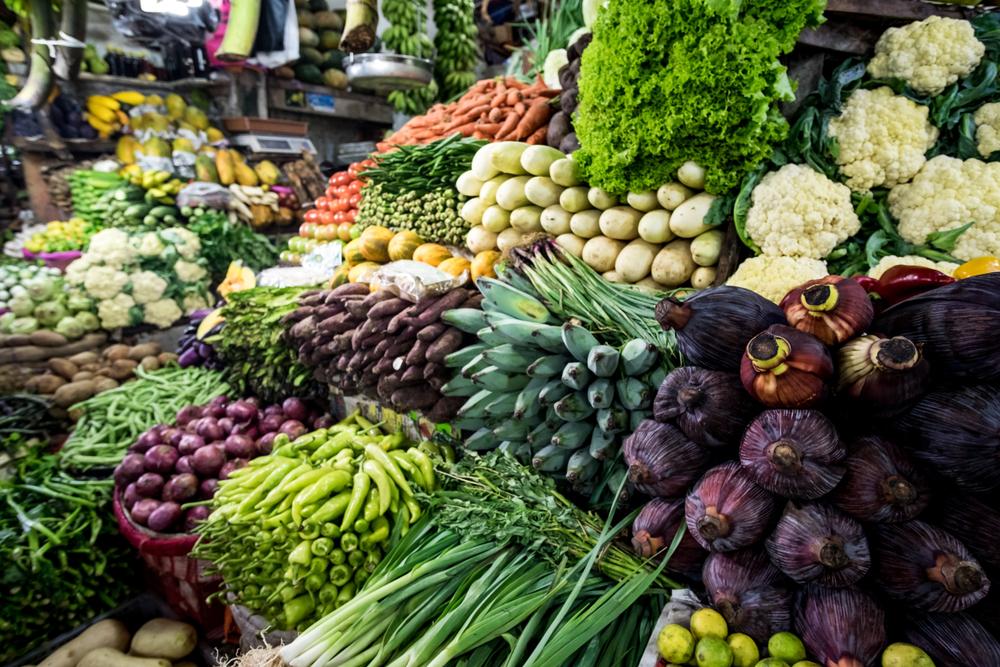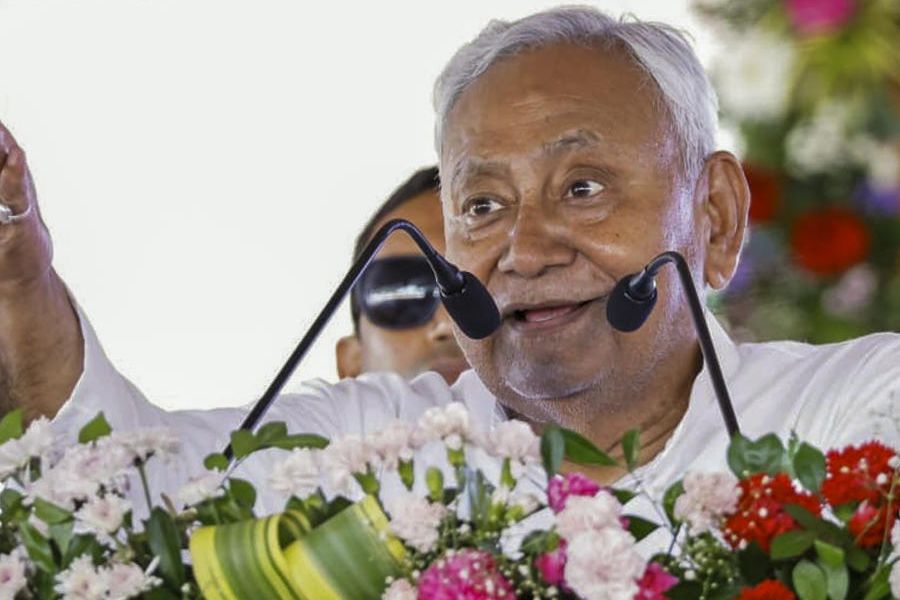Retail inflation in October jumped to a 16-month high of 4.62 per cent, breaching the RBI’s medium target of 4 per cent inflation, triggering the need for an immediate rate cut by the apex bank in its monetary policy that is due in December.
Inflation based on Consumer Price Index (CPI) was 3.99 per cent in September and 3.38 per cent in October 2018. The earlier high was reported in June 2018 when inflation was 4.92 per cent.
Inflation in the food basket spiked to 7.89 per cent in October 2019 against 5.11 per cent the preceding month, according to data by the government’s Central Statistics Office released on Wednesday.
During the month, the prices of vegetables spiked to 26.10 per cent from 15.40 per cent in September, while for fruits it jumped to 4.08 per cent from 0.83 per cent.
Prices of most vegetables climbed in October as monsoon downpours delayed harvests and disrupted supplies. That was despite a government ban on onion exports, a key component in the Indian diet.
Cereal prices rose 2.16 per cent, meat and fish, 9.75 per cent and eggs, 6.26 per cent. For pulses and related products, retail inflation rose to 11.72 per cent.
Aditi Nayar, economist at Icra, said, the pace of normalisation in vegetable prices would be the key driver of the trend in food inflation over the next few months. “Overall, CPI inflation may continue to be above 4 per cent in the remainder of this fiscal, complicating policy choices in light of the slowdown in economic growth momentum.
“The sharp uptick in CPI inflation in October 2019 has contrasted with the industrial contraction recorded in September 2019. In our view, the extent to which the second-quarter growth reading eases further from 5 per cent recorded in the previous quarter, will influence the RBI’s decision on whether to cut rates further, and by how much, in the December 2019 policy review,” she said.
Rahul Gupta, head of currency, Emkay Global Financial Services, said this sharp rise was because of an uptick in food prices amid erratic monsoon. “Despite rising inflation, we expect (the) RBI to continue its easing cycle on the back of sluggish growth and weak core inflation and cut repo rate at December meeting,” Gupta said.
Economists say the RBI will continue to cut rates as July-September growth could be worse than the previous quarter after industrial output contracted two out of three months during the period and core inflation continues to reflect weak demand.
September industrial output contracted 4.3 per cent, government data showed on Monday following a decline of 1.4 per cent in August.
The RBI, too, has lowered its economic growth forecast by 80 basis points to 6.1 per cent for the current year ending March 2020.










